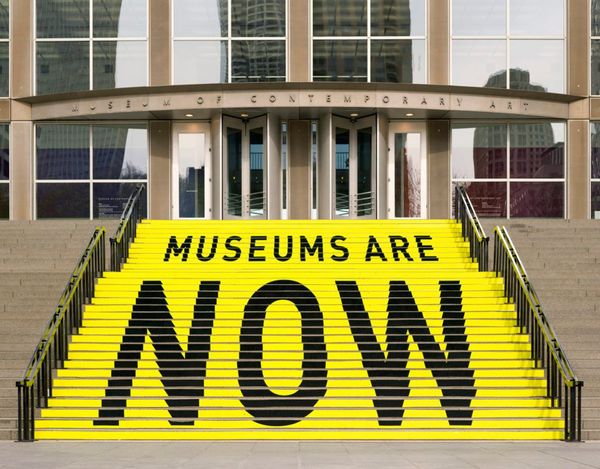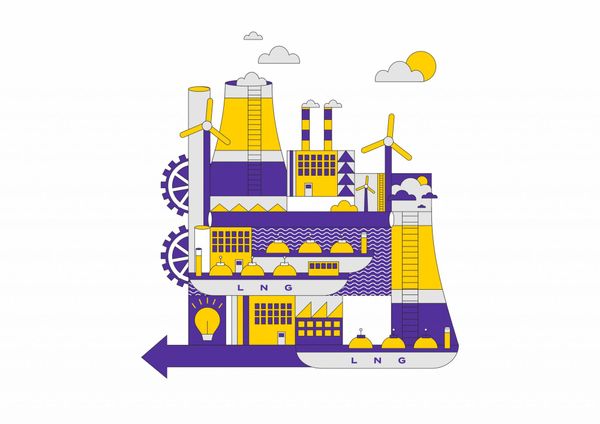What do you have in common when buying a sofa and designing an elevator for your workplace? What makes it an experience and why do we prefer one brand over another? An expert from Frontira knows the answer, and even reveals the secret ingredient that is essential in design!
Through the example of the ice cream scoop, Enikő Barbarics has previously shown why human-centered design is important. Now let’s look at how we can apply this to a process. Today, we can find an almost infinite number of solutions to every problem, which can be quite a headache when we try to differentiate our product and brand from others when designing. To find the secret ingredient to this, we will definitely need two things: the right approach and the support tool in the implementation.

Successful design requires putting yourself in the shoes of your customers: not only who they are and what they feel, but also the journey they take. In some cases, this journey is like a highway where you just want to get to your destination quickly, but in other times it’s more like an alpine serpentine with heavy oncoming traffic. What they have in common, however, is that it all starts much earlier and ends later than you might think at first—and this is something to keep in mind when planning. Just as no two paths or problems are the same, there is no one-size-fits-all solution. What works in one situation might not in the other.
On the other hand, if we get to know the context of the actions properly, we can also respond to the invisible things that can motivate or hinder our customers when it comes to achieving their goal. Many aspects play a role in the design of a product, and to unite these while creating value and experience for the user, we will need a tool that serves as help for the designer: journey mapping.

Journey map as a tool
It is defined as a visual tool for step-by-step mapping and analysis of journey map processes. It is comprehensive, ranging from endpoint to endpoint, defines channels and contact points, placing the user at the center, along with their motivation, feelings, and problems. What are the steps to draw up?

1. Define your goal! What problem do you want to solve? This can be to facilitate some kind of user behavior, to optimize the internal operation, or even to reinterpret the original problem.
2. Select the person! It is worth examining each segment separately because they perceive situations differently due to their personality or the nature of their problem.
3. Define the process steps and contact points! From the moment the problem arises, through the selection and use of the product, identify all the important moments that the customer goes through and where you can interact with it and thus deliver conscious messages!
4. Research! Talk to your customers and find out what the journey really looks like. Keep notes of what their expectations and goals were in each phase, how they felt during the process, and what problems they encountered. Look for insights in the answers that throw new light upon a step!
5. See how you could optimize the process! When your map is ready, make an action plan on how you can increase the motivation or reduce the frustration.
Let’s see some examples!
When it comes to services, the importance of context and the value of the journey approach are often evident, so let’s look at two examples where it has been applied to everyday products:
A furniture company wanted to be mindful of customer needs, so they created an online sofa designer. They thought that customizability would greatly increase sales: customers were free to “play with legos” from different shapes, sizes and colors. The designer program was a great success, with many registering and making the sofa of their dreams. But what was the problem? The number of purchases did not increase. The manufacturer has therefore done research to find out why. It turns out that despite the online designer working perfectly, there is an uncertainty factor at the moment of purchase: no one knew what to do with their old sofa! And what is the solution? At the end of the design process, the manufacturer included an extra service and indicated to customers that they would take the old piece free of charge upon ordering. The story ended with success: the obstacle disappeared from the process, and the sofa designer reached the expected sales goals.

The tenants of one of the operators of a large office building have constantly complained about the elevators: they are slow and they have to wait for them a lot. The answer seemed to be to replace the elevators or upgrade their algorithm. Sounds expensive, right? Operators thought so too, so they began to better understand the role of elevators and understand the background to complaints. Turns out the biggest problem wasn’t that the lift was slow, but that the wait was frustrating. It is thanks to this realization that elevators now always have mirrors, or that the concept of iconic “elevator music” was born—all of which distort our perception of time, so the “pain” of waiting is less. So the key to the solution here too was to get to know the context and thus reinterpret the problem.

The secret ingredient
The source of the secret ingredient is often the journey approach itself, which is essential if we want to create really good solutions that will make the world a little better every day. When a deeper understanding of the journey leads to the innovation of a solution, often only marginal things need to be changed to give the whole picture a new meaning. And that’s what makes it all really exciting. Ultimately, how we deliver value is at least as important as what we deliver.
Author: Soma László | Business Developer and Strategic Consultant | Frontira
Frontira | Web | Facebook | Instagram

In our monthly series, we explore the various fields of design with the help of Frontira to understand the role of design beyond industrial design. What role does design play in building up human behavioral patterns? How can a service be a good experience and what digital product design toolset do we need for it? Calling itself the “company of strange problems,” Frontira answers questions like this, in an exciting manner and comprehensible form.

Three things Americans expect from museums

Communication is the path to innovation in the region | Interview with Claudia Patricolo










